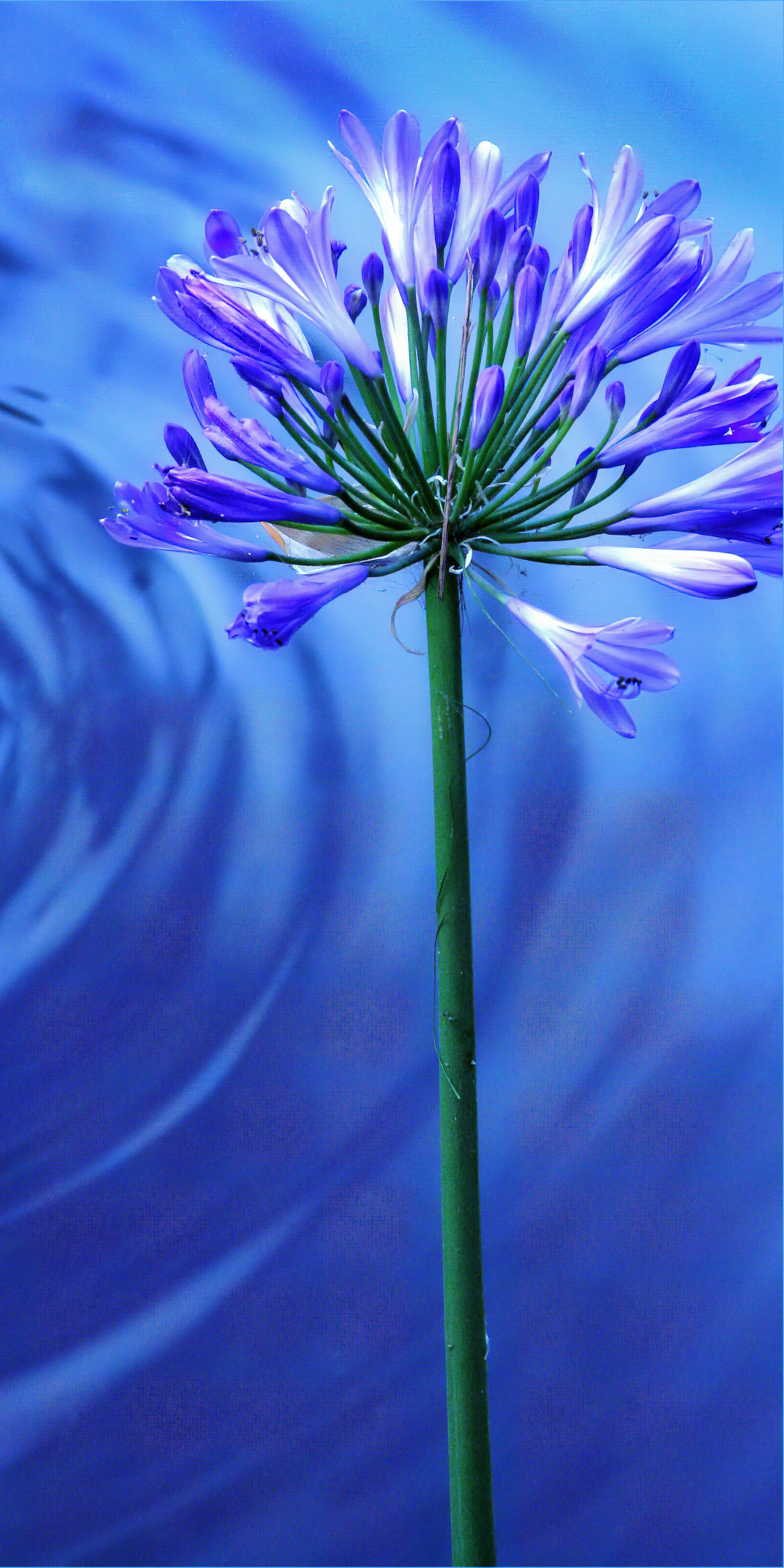When David Coblitz brought his friend to MoBap’s Wound Healing Center for treatment, he likely didn’t realize he was stepping into his next project.
David is an award-winning St. Louis artist and photographer who specializes in stress-relieving art designed to promote healing. In June 2023, the Wound Healing Center partnered with David, who donated pictures of calming nature scenes to be installed above each of the hyperbaric oxygen chambers. Hyperbaric wound therapy involves lying in one of these hyperbaric oxygen chambers, a treatment that exposes the body to 100 percent oxygen at pressures greater than atmospheric pressure. This exposure, which lasts one to two hours, can promote faster healing in chronic wounds. Now, while patients receive treatment, they can view the art and focus on beautiful and peaceful scenery. But the images are more than pretty pictures.
“This evidence-based design art, or healing art, has been shown to work in medical environments to reduce stress for patients and staff,” David says.
For years, practitioners have used art therapy in medical settings to help patients communicate and promote overall well-being. According to the American Congress of Rehabilitation Medicine (ACRM), art therapy can also help patients:
- Reduce stress. Art can lower levels of cortisol, or the stress hormone, in the body.
- Improve focus. Making art can also help you feel more present.
- Process emotions. For patients undergoing a health challenge, making art can help them express feelings without words.
- Inspire hope. Making art can feel cathartic and prompt patients to imagine a better future.
You might not even have to pull out your art supplies to receive these benefits. That’s because there is mounting evidence that even simply viewing art can be valuable. Looking at a piece of art might help you to:
- Increase your serotonin level. This is the hormone responsible for boosting your mood.
- Stimulate the creation of new neural pathways. This not only enhances your brain function but also promotes new ways of thinking.
And as the old adage goes, beauty is in the eye of the beholder. That's to say, if you’re searching for the most optimal piece of art to observe because you'd like to reap the health benefits, it’s really a matter of personal taste. ACRM cites a study that took images of participants’ brains as they were viewing paintings by renowned artists. Blood flow to the brain increased by as much as 10 percent in instances in which viewers looked at a painting that they deemed the most beautiful.
While the Wound Healing Center had several image options to choose from, its program director, Zehra Kujundzic, RT(R), MHA, CRA, says the team selected images featuring water because hyperbaric oxygen therapy can evoke the feeling of diving and being underwater.


“We’ve had positive patient comments, and the artwork has initiated fun conversations,” Zehra says. “When patients are dealing with wounds and other conditions, the artwork helps distract them from the seriousness of their disease process.”
Zehra adds that healing is the center’s primary goal, and “now we promote healing not only through advanced wound care but also through the center’s environment, where patients and staff spend the most time.”